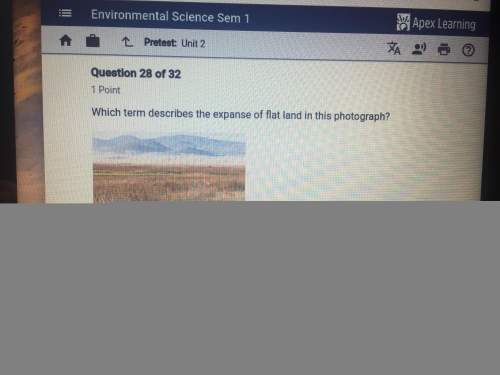
Please Check my answers
Google Earth - Open the 2. Exploring Geology Using Geotours > B. Plate Tectonics folder. 1. Problem Materials - Check and double-click items associated with each problem to travel
to the appropriate location with the prescribed perspective/zoom. 2. Plate Tectonics Geotours Library - Explore additional Geotours in this folder to help answer
problems.
• Geoscience - Consult a textbook and/or Internet resources to help answer some problems.
Check the box next to the Seafloor Age Map folder to view the ages of the oceanic crust around the world. Note that you can select the folder and use the transparency slider at the bottom of the Places panel to make the items in this folder semi-transparent. Check and double-click the Africa & South America placemarks to fly to their positions on the opposite sides of the Atlantic Ocean. These placemarks represent conjugate points (locations on the opposite sides of an ocean that were once adjacent before seafloor spreading occurred). These points are located on the boundary between the continental shelf and the continental slope. Although the fit between the African
and South American coastlines had been recognized for some time, Wegener showed that carefully matching continental shelves improves this fit.
1. Seafloor Spreading - Atlantic Ocean. Use the Ruler tool to determine how far these points
have moved apart (in km). Select the Path tab on the Ruler tool and then create segments along the major fracture zone that offsets the colored ages of the ocean floor (round to the nearest 1000 km).
a. ~7400 km
b. ~2700 km
C. -5300 km - ANSWER
d. -3300 km
2. Seafloor Spreading - Atlantic Ocean. Using the Seafloor Age Map, about how many millions of
years ago (mya) were these points once adjacent? Note that the continental shelf and slope are not covered by the Seafloor Age Map as they are not composed of oceanic crust, so use the colored age band highlighted by the Problem 2 placemark (count the black isochron lines).
a.~115-120 mya
b. ~175-180 mya - ANSWER
c. -55-60 mya
d. -35-40 mya
3. Seafloor Spreading - Atlantic Ocean. Using the largest number of the range for your answer to
Problem 2 and using the distance for your answer to Problem 1, calculate the average spreading rate for these points in km per million years.
a. -58 km per million years
b. ~44 km per million years - ANSWER
C. ~83 km per million years
d. ~75 km per million years
4. Seafloor Spreading - Atlantic Ocean. Express your average spreading rate answer for Problem 3 in
terms of cm per year. Note: If the plates are moving apart symmetrically at the same rate (i. e., the color band widths are approximately equal), then 1/2 of this answer is the average rate at which the South American plate is moving west and the African plate is moving east.
a. 7.5 cm per year
b. 5.8 cm per year
C. 44.0 cm per year
d. 4.4 cm per year - ANSWER
Just for Fun... Visit the region between Australia and Antarctica and see if you can determine conjugate points that were once joined. It is easier if the Seafloor Age Map is turned on!
Check the box next to the Seafloor Age Map folder to view the ages of the oceanic crust around the world. Note that you can select the folder and use the transparency slider at the bottom of the Places panel to make the items in this folder semi-transparent. Also, turn on the Tectonic Plates folder. Divergent = red, convergent = green, and transform = light blue.

Answers: 3


Another question on Geography

Geography, 22.06.2019 00:00
Which biochemical cycle is relied upon for plant photosynthesis
Answers: 1



Geography, 23.06.2019 22:30
Extensive and unusual cold snaps have occurred here recently. is this evidence that global warming is lessening or not occurring? no—although the long-term trend is for warming, short-term weather patterns can still be variable. no—melting of glaciers and ice caps is making the oceans cooler, which can cause cold snaps. yes-- if global warming really were occurring, cold snaps wouldn’t happen. yes—due to global warming, weather patterns should be become less—not more—variable.
Answers: 3
You know the right answer?
Please Check my answers
Google Earth - Open the 2. Exploring Geology Using Geotours > B. Plate T...
Questions



Mathematics, 23.10.2020 18:30



Mathematics, 23.10.2020 18:30

Mathematics, 23.10.2020 18:30



Mathematics, 23.10.2020 18:30


Computers and Technology, 23.10.2020 18:30

Chemistry, 23.10.2020 18:30




Business, 23.10.2020 18:30

Biology, 23.10.2020 18:30

History, 23.10.2020 18:30




